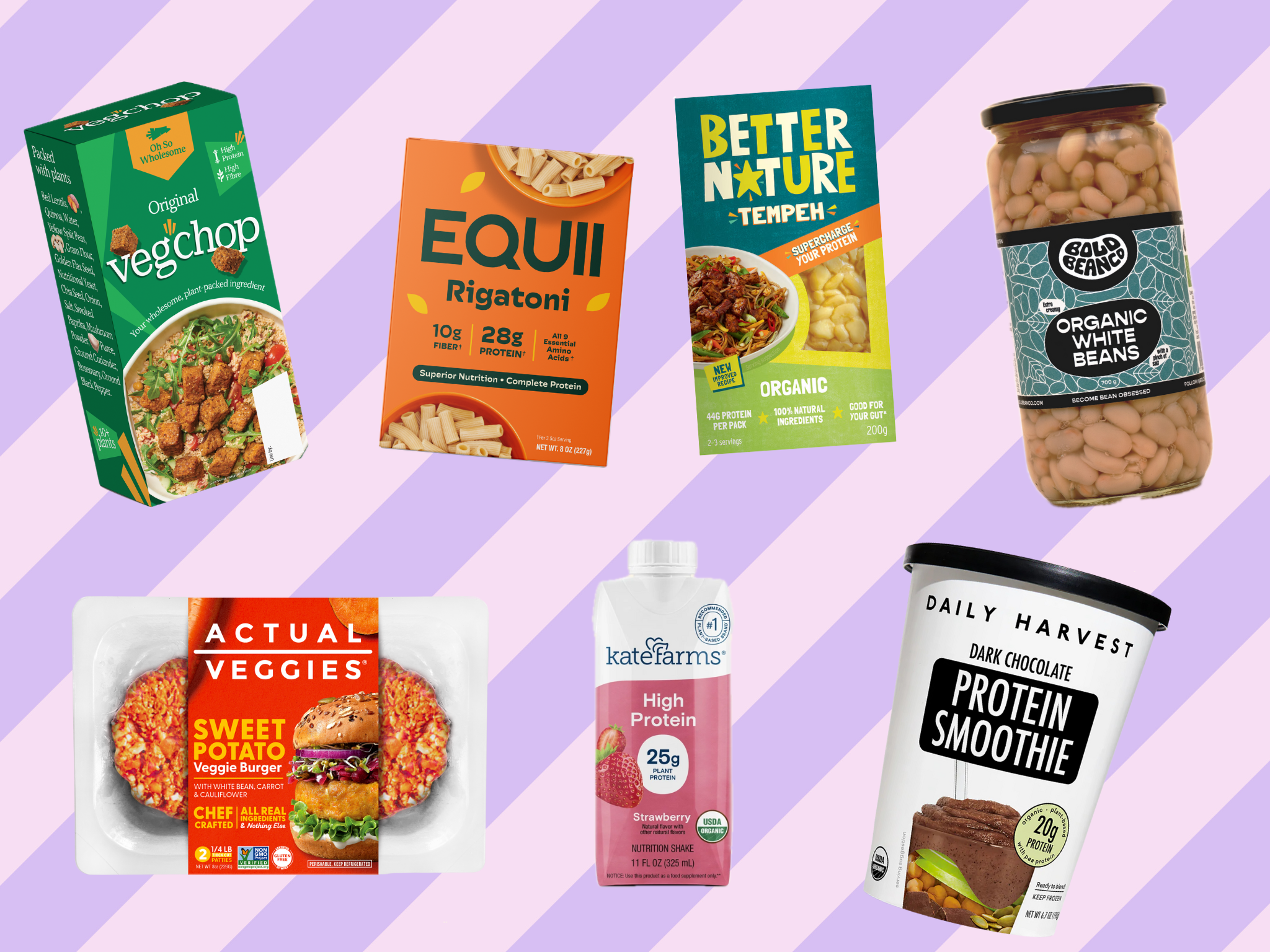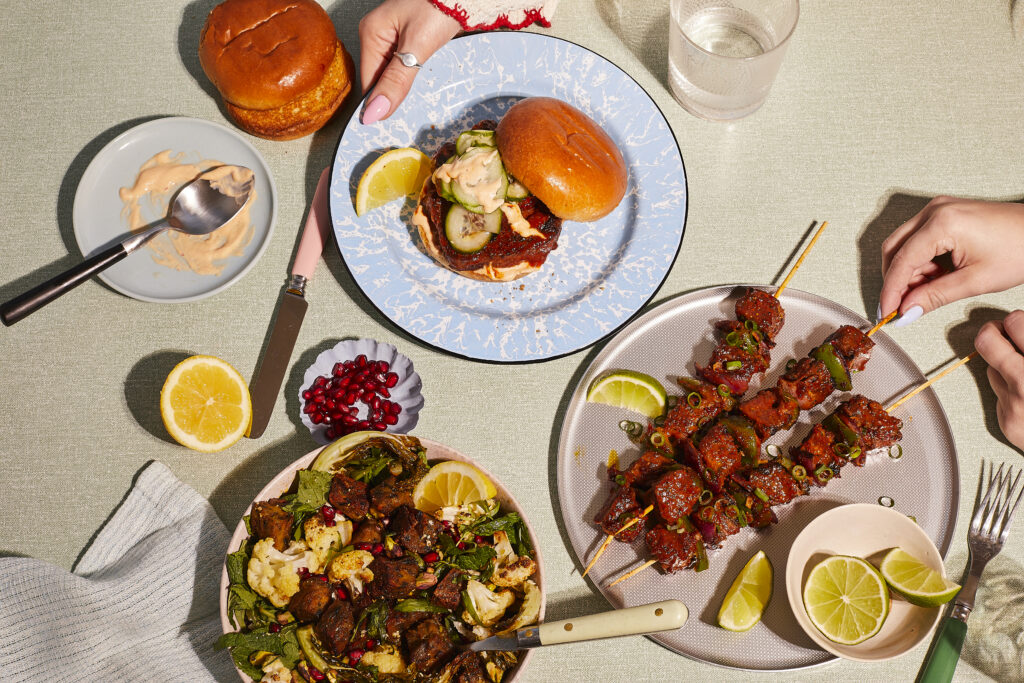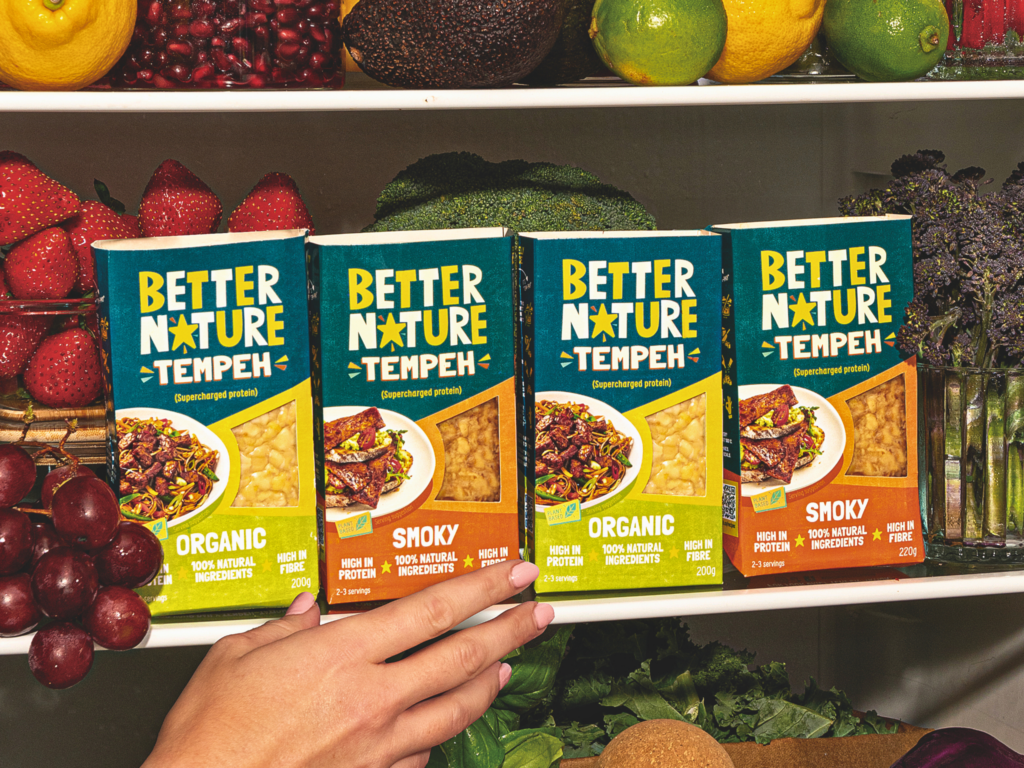
TikTokers are loading up on fibre in Gen Z’s latest health trend, fibermaxxing, which has a rare seal of approval from nutritionists. It’s also a big opportunity for plant-based food brands.
Protein may be everywhere right now, but fibre isn’t far behind.
Rising interest in Ozempic, supplements and gut health has brought fibre to the fore of food conversations, fuelling a TikTok trend that has even nutritionists excited.
If you use the social media platform, your algorithm has probably presented you with fibermaxxing, a viral trend that sees creators chomping down on fibre while laying out its health benefits. The idea is to increase the intake of the macronutrient in meals and snacks via fibre-rich foods like fruits, vegetables, beans and whole grains, or sometimes supplements.
It’s putting plants in full focus, at a time when meat is back in American shopping baskets and vegan alternatives are being dismissed with the ultra-processed food (UPF) tag. As the importance of fibre as a macronutrient becomes more widely known, can this TikTok trend serve up a win for plant-based brands?
What is fibermaxxing, and why is TikTok doing it?

While daily fibre intake recommendations vary by sex and age, in the US, it usually ranges from 25g (for women) to 38g (for men). The trouble is, most Americans don’t consume nearly enough fibre. Research shows that only 5% of adults meet the daily requirement of fibre intake, with the average person consuming half the recommended amount.
But the demand for fibre has been steadily increasing. Last year, a 3,000-person survey found that the two nutrients Americans were most interested in consuming are protein (71%) and fibre (64%), figures that increased from the poll’s 2023 edition.
The macronutrient has also gained popularity with personalised nutrition apps like Zoe, documentaries such as Netflix’s Hack Your Health, and the 30-plants-a-week movement that it spawned. Another big trend that has paved the way for fibermaxxing? Ozempic. With one in eight Americans having already injected a GLP-1 agonist drug, weight loss and healthy eating are front of mind.

GLP-1 is an incretin hormone released in the gut, which reduces appetite and prolongs the feeling of being full, and helps regulate blood sugar levels and manage weight. While weight-loss medications replicate this effect, it can be regulated naturally in our bodies by dietary fibre.
So why all the fuss about fibre? The nutrient is key to a healthy gut, which itself regulates metabolism and hormone levels. It can help manage weight and blood glucose levels, as well as lower cholesterol levels. Plus, it boosts satiety and helps you feel full longer. It’s why diets rich in fibre have been linked to a lower risk of obesity, type 2 diabetes, stroke, heart disease, and even certain cancers.
All this has made fibermaxxing a welcome wellness trend. “This is a fun trend to see happening,” Emily Haller, a registered dietitian, told the New York Times. “A lot of times we see people obsessing about things that really don’t move the needle in terms of health, whereas eating more plants and ingesting more fibre is going to have a positive health benefit.”
That said, it’s important to moderate fibre intake – overconsuming it can lead to bloating, discomfort, and diarrhoea.
Can plant-based brands capitalise on fibermaxxing?

Animal products don’t contain any fibre. Plants, however, are full of it. And with more than nine in 10 consumers getting fibre from food products instead of beverages or supplements, makers of plant-based food can cater to the fibermaxxers big time.
The fibre rush has forced companies to think out of the box and introduce new products that meet people’s evolving needs. Some firms are betting on whole-food alternatives to meat, cramming as many plants as possible in familiar formats, like Actual Veggies‘ burgers, or novel ones, like Oh So Wholesome’s Veg’chop and This’s Super Superfood.
Beans have never been more in fashion on the internet, and just as well, given they’re a fibre powerhouse. The UK is being urged to make beans more appealing to consumers, and brands like Bold Bean Co, which won a £50,000 investment on Dragons’ Den, have enjoyed a 306% year-over-year growth, and scored a partnership with Yotam Ottolenghi, are delivering on this front.
Bean-derived products like tofu and tempeh are gaining ground too. British brand Better Nature Tempeh is taking on chicken and was the second-fastest growing meatless brand last year (with sales up by 457%), while The Tofoo Co enjoyed its best year yet, with sales growing by nearly 20% in 2024.

In the US, Equii launched a pasta line made from its fermented yeast protein flour, featuring a rigatoni with 28g of protein and 10g of fibre per 100g. Daily Harvest (now owned by Chobani) went big on the two nutrients with a new smoothie range – each 190g serve packs 20g of protein and 10g of fibre.
Industry giants are getting in on the fibermaxxing act, too. Nestlé now has a GLP-1-friendly brand with products rich in protein and fibre, Coca-Cola has launched a prebiotic soda, and PepsiCo has bought Poppi for nearly $2B. And just this month, Danone-owned Kate Farms introduced high-protein, high-fibre plant-based nutrition smoothies.
Research by ADM suggests that 49% of GLP-1 users in the US are looking to eat more fibre, and 44% want to add more plant-based protein to their diets. As Americans max out on fibre, plant-based firms have a chance to turn their fortunes around. “New and reimagined plant-based foods and beverages that target portion control and deliver high protein and dietary fibre stand to succeed,” the report said.
The post Fibermaxxing: Can the Gen Z TikTok Food Trend Put More Plants On the Plate? appeared first on Green Queen.
This post was originally published on Green Queen.